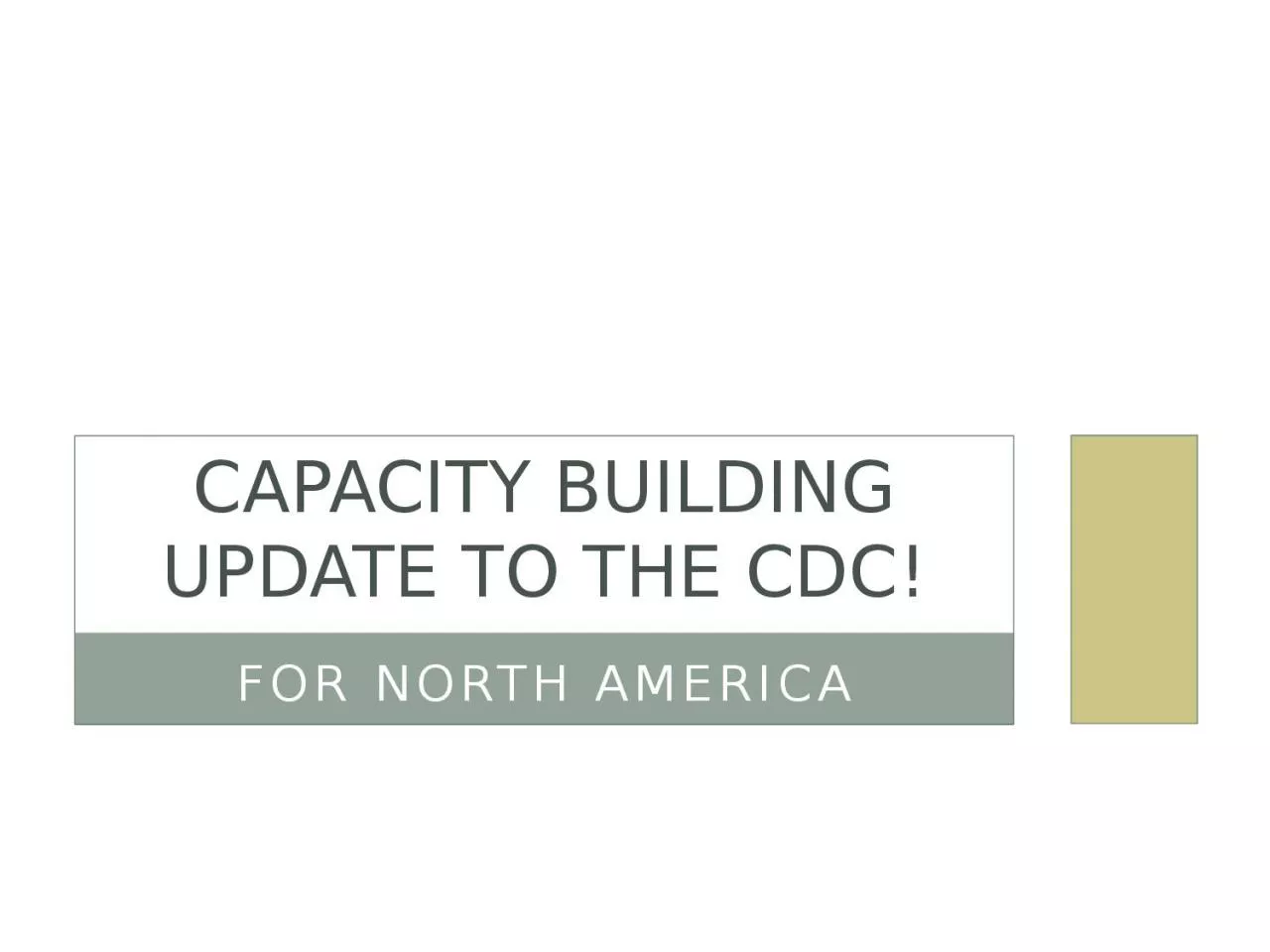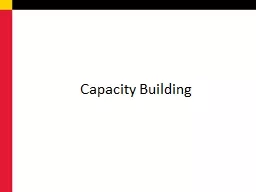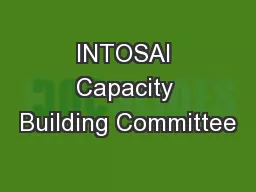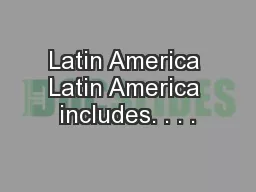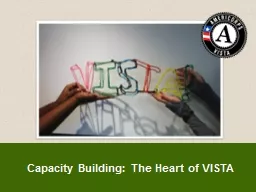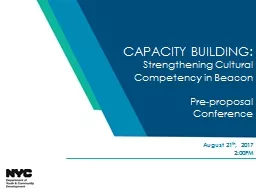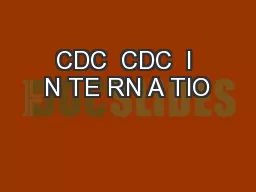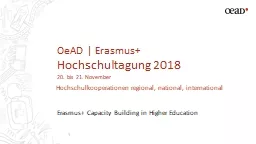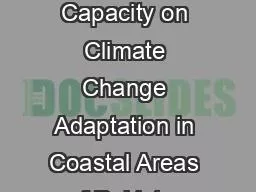PPT-For North America Capacity Building Update to the CDC!
Author : victoria | Published Date : 2024-01-29
Overview From the North American Plant Protection Level 2 Specific focused activities Pest Risk Analysis Course Plant Health Systems Analysis Course 3 International
Presentation Embed Code
Download Presentation
Download Presentation The PPT/PDF document "For North America Capacity Building Upda..." is the property of its rightful owner. Permission is granted to download and print the materials on this website for personal, non-commercial use only, and to display it on your personal computer provided you do not modify the materials and that you retain all copyright notices contained in the materials. By downloading content from our website, you accept the terms of this agreement.
For North America Capacity Building Update to the CDC!: Transcript
Download Rules Of Document
"For North America Capacity Building Update to the CDC!"The content belongs to its owner. You may download and print it for personal use, without modification, and keep all copyright notices. By downloading, you agree to these terms.
Related Documents

